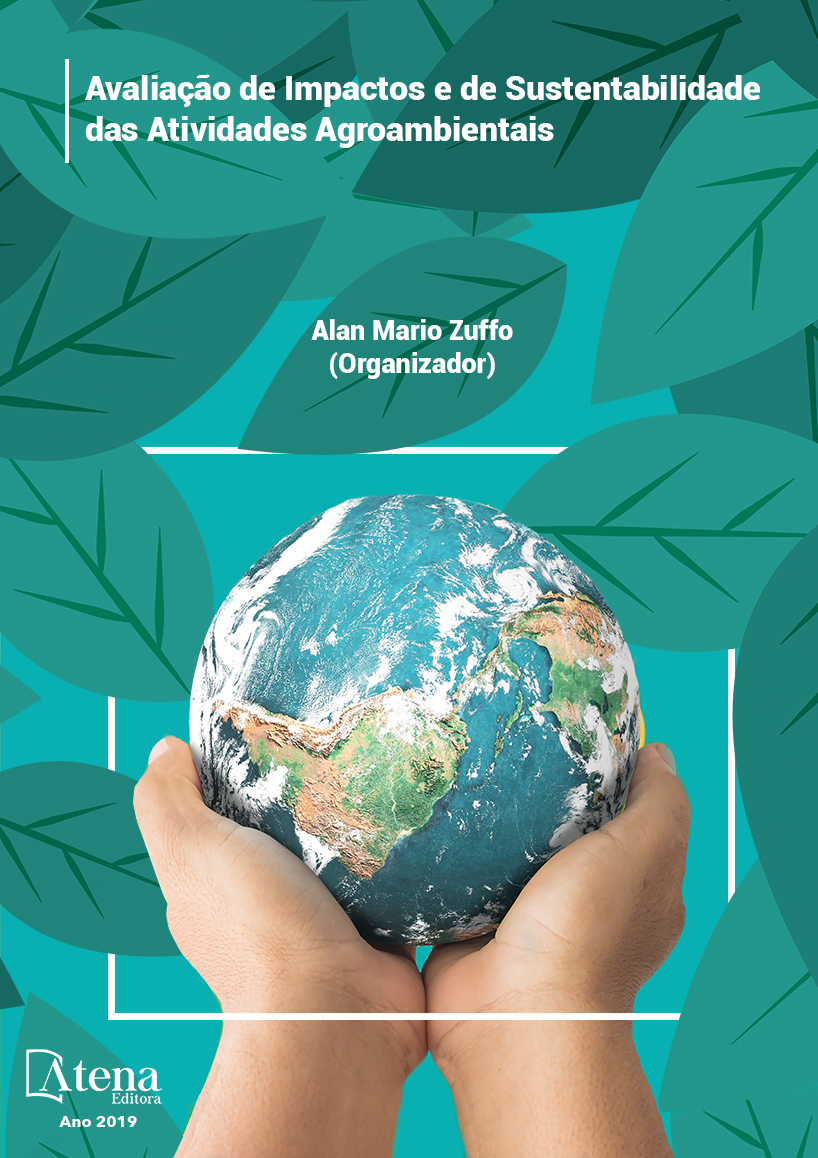
FITOSSOCIOLOGIA DE UM ECOSSISTEMA FLORESTAL DE PLANÍCIE FLUVIAL DA UFRA NO MUNICÍPIO DE BELÉM-PA
Tendo em vista a importância
ecológica e histórica das áreas de várzea no
Brasil, como o primeiro ambiente a ser explorado
para fins econômicos pela coroa portuguesa,
destaca-se a necessidade premente de
recuperar as funções socioambientais dessas
paisagens. Dentro deste contexto o objetivo
do trabalho é realizar a análise fitossociológica
da floresta de várzea da Universidade Federal
Rural da Amazônia – UFRA, campus Belém
– PA. A área de estudo de, aproximadamente
0,5 ha, localiza-se no município de Belém - PA,
dentro dos limites da UFRA, próximo à sede do
Programa de Educação Tutorial da Engenharia
Florestal (PET FLORESTA). No trabalho foi
realizado um levantamento fitossociológico,
no período de abril à maio de 2015, em três
subparcelas de aproximadamente 625 m²
(0,2 ha), equidistantes 15 metros, dentro
de uma área de 0,5 ha na APP. Foram
identificados, no levantamento fitossociológico,
159 indivíduos pertencentes a 15 espécies
que estão distribuídas em 15 gêneros e 11
famílias botânicas, classificadas em 5 usos.
Sendo que a família mais representativa foi a
Fabaceae com 4 espécies. A segunda família
mais representativa foi a Euphorbiaceae, com
2 espécies ocorrentes. Todas as parcelas são
consideradas similares, apresentando altos
valores de similaridade florística de Jaccard
e Sorensen. Conclui-se que os parâmetros
fitossociológicos da várzea da UFRA no
município de Belém-PA, evidencia processos
de uma floresta que sofreu perturbações
antrópicas.
FITOSSOCIOLOGIA DE UM ECOSSISTEMA FLORESTAL DE PLANÍCIE FLUVIAL DA UFRA NO MUNICÍPIO DE BELÉM-PA
-
Palavras-chave: Diversidade Florística. Várzea. Similaridade Florística.
-
Keywords: Floristic Diversity. Várzea. Floristic Similarity
-
Abstract:
Considering the ecological and
historical importance of the várzea areas in
Brazil, as the first environment to be explored for
economic purposes by the Portuguese crown,
we highlight the urgent need to recover the socioenvironmental
functions of these landscapes.
Within this context, the objective of the work is to carry out the phytosociological analysis
of the várzea forest of the Federal Rural University of Amazonia - UFRA, Campus Belém
- PA. The study area of approximately 0.5 ha is located in the municipality of Belém - PA,
within the limits of UFRA, close to the headquarters of the Forestry Engineering Tutorial
Program (PET FLORESTA). In the work, a phytosociological survey was carried out
between April and May of 2015, in three subplots of approximately 625 m² (0.2 ha),
equidistant 15 meters, within an area of 0.5 ha in APP. In the phytosociological survey,
159 individuals belonging to 15 species were identified and distributed in 15 genera and
11 botanical families, classified in 5 uses. The most representative family was Fabaceae
with 4 species. The second most representative family was the Euphorbiaceae, with
2 occurring species. All plots are considered similar, presenting high floristic similarity
values of Jaccard and Sorensen. It is concluded that the phytosociological parameters
of the UFRA várzea in the municipality of Belém-PA, evidences processes of a forest
that suffered anthropic disturbances.
-
Número de páginas: 15
- Lívia Gabrig Turbay Rangel Vasconcelos
- Iracema Maria Castro Coimbra Cordeiro
- José Henrique Cattanio
- Francisco de Assis Oliveira
- André Maurício de Medeiros


